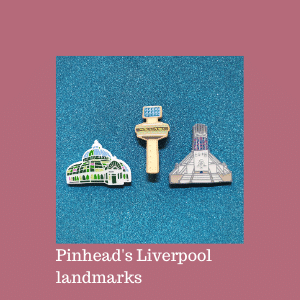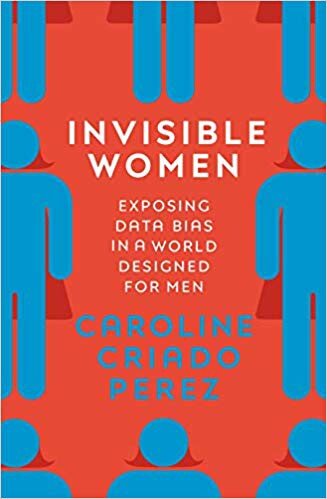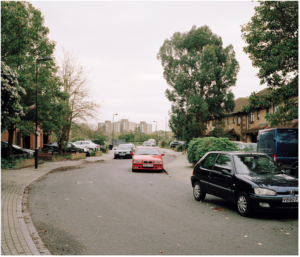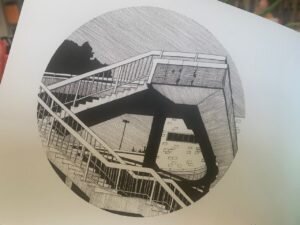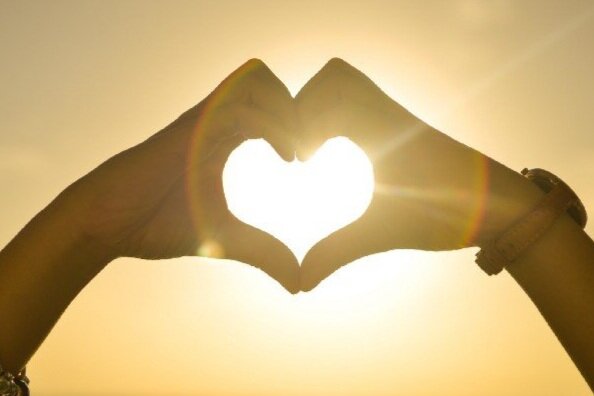Here I am in January 2020, at the start of a new year, and also a fresh decade. Over the Christmas break just gone, the passing of one year into the next seemed to take on additional significance for me as a result of the changing of the decade. I suddenly found myself casting my eye 10 years into the future instead of just a little way down the road, dreaming about my hopes for the decade ahead as well as figuring out new routines for the year ahead. An odd feeling.
As you do in such a moment, I thought first about the world at large - wondering what type of world my lad would live in when he celebrates his 14th birthday in 2029. When I spent time online towards the end of last year through the UK general election cycle, it seemed that the discourse there reflected something I’ve felt in the air in the past little while – a bit sneery and divisive with a fair bit of name calling and highly strung and defensive opinion shouting. I think I’d like to see the end of that, especially as our discourse continues and increases online – maybe by 2020 we’ll have learned to be a bit kinder, less shouty, mean and rude, more moderate and empathetic as a rule. And maybe the social media platforms could help us do that – by enforcing some rules of engagement on their private internet estates.
And, if they don’t – maybe we could make our own rules and internet estates.But why stop at us being kind to one another? Another big hope I have – kind of on the theme of kindness – is for there to be a big upswing in sharing. ‘Sharing, what?’ you say? Well, everything we can share. Need a lawnmower, car, soup pan, the meal that comes from the soup pan, a hammer, a laptop, a desk, a book, a set of pens, or a Lego set? Great! Don’t buy one, because you can now connect with someone who already has one and isn’t using it and is happy to share it. Stop buying things you only use once in a while and borrow them, instead! And that thing that you only use a little bit of the time but you feel sentimental about keeping – lend it out to someone who needs it but doesn’t have one! Then all we need is places on high-streets to fix these things so that we can use them forever and I will never have to buy a lawnmower again.
So there you have it – sharing and caring. More sharing, more caring by 2030, please, World. Also, that applies to the economy too.
- Andrew
Here is what the rest of the Wordscape team had to say on their hopes for the 2020s when I asked them….
What am I looking for? A bit less vitriolic roaring ringing in our ears, please.
On one hand, it feels like we’ve been getting somewhere over the last decade… Lots of our work is geared towards sustainability and it feels like it’s taking hold in the business world. Organisations are thinking about how they can act more responsibly and heeding the fact that we, the consumers, give a shit about this stuff. And while the pace of change isn’t moving fast enough, I think we can all see that things are moving.
I’m in Berlin at the moment, and – one of the subjects we’ve talked about at length this week – is what else is happening while we’re all thinking hard about sustainability. And there’s a lot – perhaps even of more importance.
The implications for us all of digitalisation, and the polarisation of political opinion are huge issues to face. Will an increasingly digitalised world tear the fabric of our society? Or will it mean, in reality, that our future is less focused on work, more balanced?
Politically, the 2010s feel like a decade where it all came apart at the seams. The schism in opinions and attitudes towards each other got pretty frightening – old versus young; Brexiteers and remainers; left vs. right. Going back 15 years or so, it feels almost inconceivable that we’d end up where we are now: a return of populism, poison hissing from either side of the debate and politicians playing with furious fire to further their own cause. I’m not sure how we’ll heal these wounds.
I hope the next ten years brings some answers.
- Fiona
This week I finished Matt Haig’s Notes on a Nervous Planet, an incredibly insightful look into how aspects of the modern world can impact on our collective mental health. Addressing such things as the internet, technology, the modern working day, and damaging marketing. Haig talks, part autobiographically part theoretically, on how the things that were originally designed to connect us, have left mankind wanting. He flags an unhealthy disconnect between our actual selves and our online selves, and the impact that this has on humanity’s mental health.
I lapped this book up; having been introduced to Haig only last year, I find that his writing really connects on a personal level, it’s current, and it’s relevant. During the last decade, we saw the dark side of social media with Cambridge Analytica taking advantage of groupthink, helping spark the rise of the far right globally.
But I’ve also seen it used as a force for good. Particularly in the mental health realm. Every day, I see posts from people I follow about their own mental health illnesses; celebrities are talking about anxiety, depression, eating disorders, OCD… The NHS is currently running a campaign encouraging us to talk, reminding us that we’re not alone. And, of course, Harry and Meghan – currently being dragged through the tabloids for wanting a more independent life – have talked of their own mental health in the past.
In the next 10 years, I *hope* that we can go some way to smashing the stigma surrounding mental health. Everyone has it, in the same way we have physical health. But I also have hope for the future.
Watching the millions of school children striking for the future of our world each week reminds me that there’s hope beyond capitalism and its damaging marketing; beyond technology giants and their associated billionaires; and, most importantly, beyond stigmatising somebody for their mental health…
- Lucy C
Ten years ago we thought the 2012 Olympics would be rubbish (they weren't), the idea of Trump and Johnson becoming world leaders would have prompted a chuckle in any discussion and Brexit wasn't a thing. It would be a bold person who predicted anything over the next ten years.
We still hadn't cottoned on to how serious and soon climate change would have an impact on our world and women were still struggling to make themselves heard. Despite everything that’s happened, neither of these are being taken seriously enough.
Gender parity is still a long way off. Some progress has been made thanks to brave souls like Carrie Gracie and Samira Ahmed sticking their heads above the parapets regarding equal pay, and abuse survivors summoning the courage to tell their stories, meaning that perpetrators are starting to be brought to book, or at least suffering the consequences of their actions.
There is also some momentum in understanding how women fit into a society which has essentially been created for men. If you haven’t yet, I would highly recommend Criado-Perez’s book, Invisible Women. This area is where I would like to see significant progress being made in the next decade.
- Lucy M
Driverless cars have graced the big screens for decades. Long before I was even born and long before we ever thought vehicle engineers would be able to put such a thing on our roads. In 1969, the Volkswagen racing Beetle named Herbie shot to fame as a magical car that drove itself in the Disney film The Love Bug. In 1990, Quaid hopped into a Johnny Cab to escape his pursuers in Total Recall. And, in 2004 Detective Del Spooner got from A to B in an Audi-inspired concept car that drives itself on four spheres instead of wheels in I, Robot.
Over the last few years, we have seen driverless cars wheel out of our screens and onto our roads in driverless car trails all over the world. Yet, I still don’t want a world with driverless cars, for purely selfish reasons. After two years of driving lessons (on and off), two theory tests (after one expired) and four practical tests (and a whole lot of money later) I finally passed my driving test in 2019. After all that hard work, my hope for the new decade is to drive as much as I can, within reason, before they let just anybody jump in a driverless car and drive away.”
- Em




